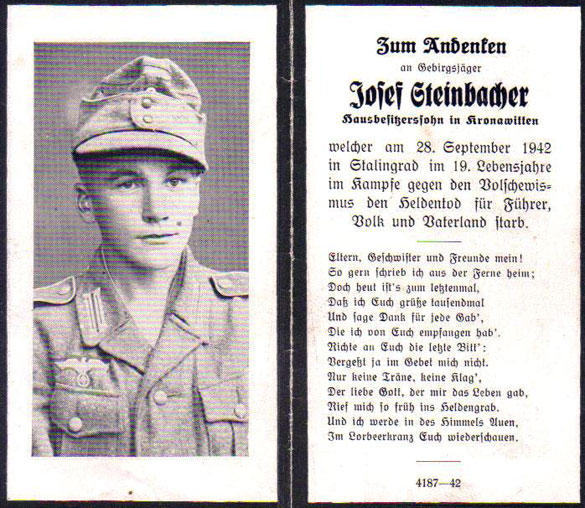7th Cavalry Trooper Markers at Custer’s Last Stand
Trooper Markers at Custer’s Last Stand
White markers show where remains of cavalry troopers were found after the battle. This view is along Last Stand Ridge.
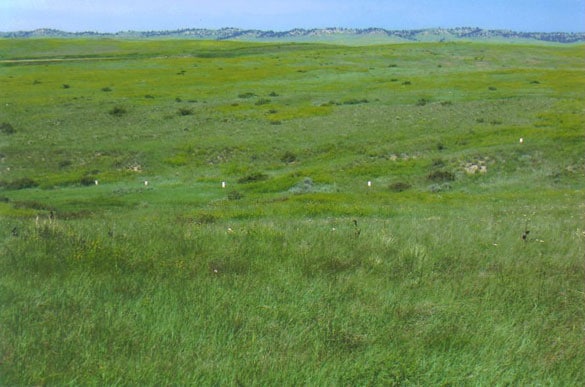
White markers show where remains of cavalry troopers were found after the battle. This view is along Last Stand Ridge.

Dark blue sky signals a storm ahead to the southeast of Calhoun Hill.
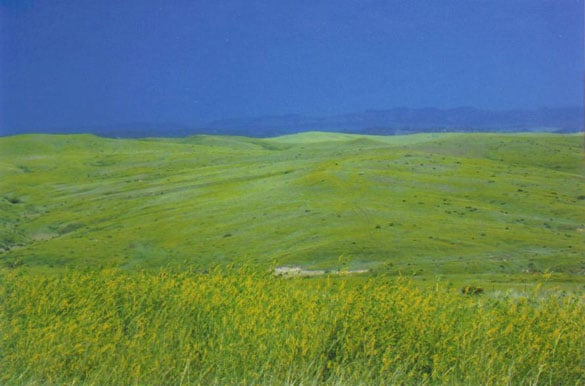
Sometimes the book uses maps that were generated from bits and pieces of information and put in a simpler format. Southern Stalingrad is one of them. Major locations are in red. Distances between various locations are described in the accompanying text so the reader can get a good feel for the magnitude of the city.
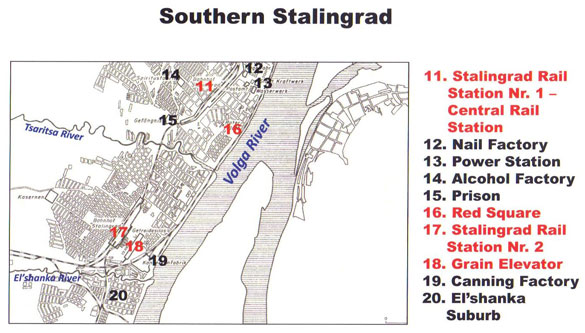
The book uses many daily situation maps to show where the German divisions and corps were located. This is one of the Lage Ost maps from the National Archives, where they are in photo format – the originals having been returned to Germany. The maps were initially prepared by the German Army High Command (Oberkommando des Heeres [OKH]). They were first printed by the Mapping and Survey Branch; the OKH Operations Branch then annotated then to indicate specific headquarters and unit locations. New maps were prepared daily.
The good news is that for many of these maps, you do not have to go to Washington DC and the Archives. Researcher John Calvin (WWII Aerial Photos and Maps) has put many on his own web site, as well as thousands of photos and other maps.
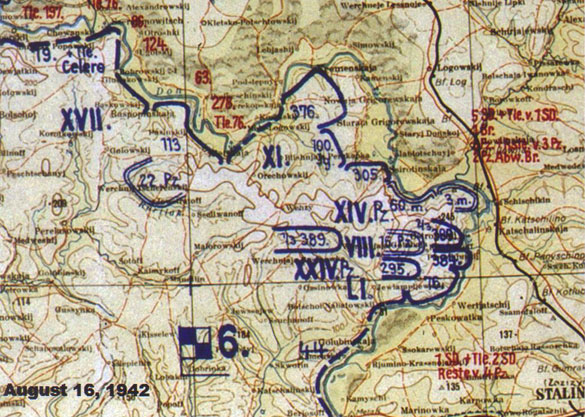
This and another similar photo came from Russia. It is probably from very early in February 1943, as many men appear to be in shock at what is happening. (Left, with peaked cap and monocle, facing right) is Generalleutnant Carl Rodenburg of the 76th Infantry Division; he was released from captivity on January 10, 1955. (Center left, with “crusher” hat, facing left) is Generalmajor Martin Lattmann of the 14th Panzer Division; he was released from captivity in 1948. (Center, in mountain cap) is Generalleutnant Werner Sanne of the 100th Jäger Division. (Right, with crusher hat, facing left) is Generaloberst Karl Strecker of the XI Corps. Many German generals, captured at Stalingrad, later agreed to assist the Soviets by renouncing the National Socialist régime in Germany.
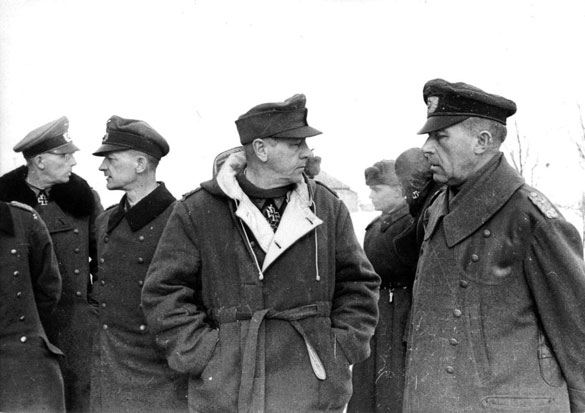
The base photo is that of an infantry squad just west of Stalingrad in October 1942. Their unit is preparing to move into the city, probably for the first time. I have added the red Xs to the photo, indicating that in the aggregate, nine of every ten men going into Stalingrad would become casualties of one sort or another.
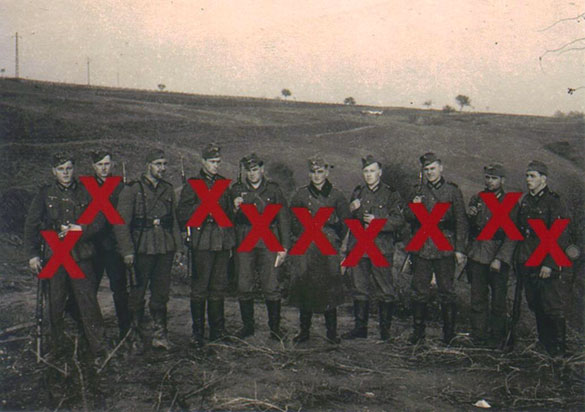
General der Panzertruppe Friedrich Paulus at a forward artillery observation position. Photo taken on November 6, 1942.
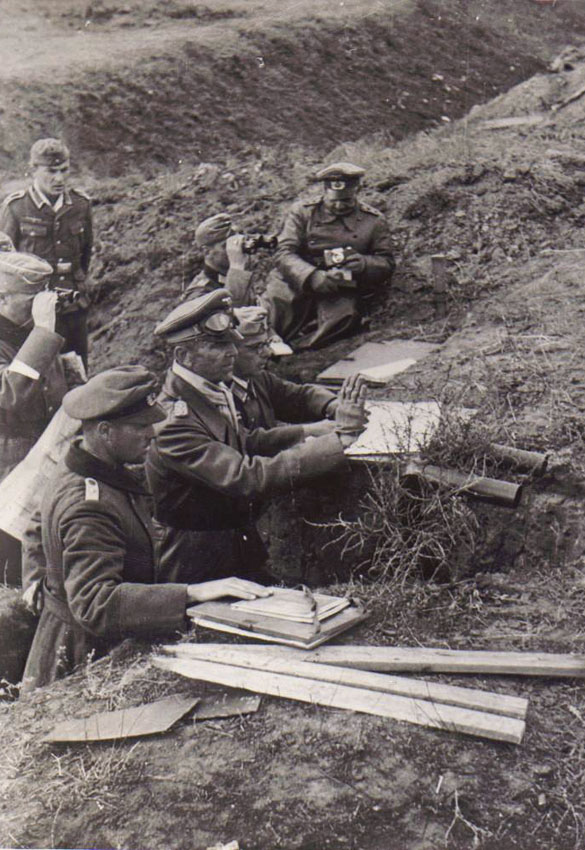
In the din of battle, signals could be heard much easier from a whistle than by voice. Two blasts from a whistle for a combat engineer squad might signal to get up and quickly move forward ten meters. Today, many militaries think of command and control as sophisticated computers, but for the infantryman on the ground, life and death can be determined by understanding quickly what your squad leader wants you to do.
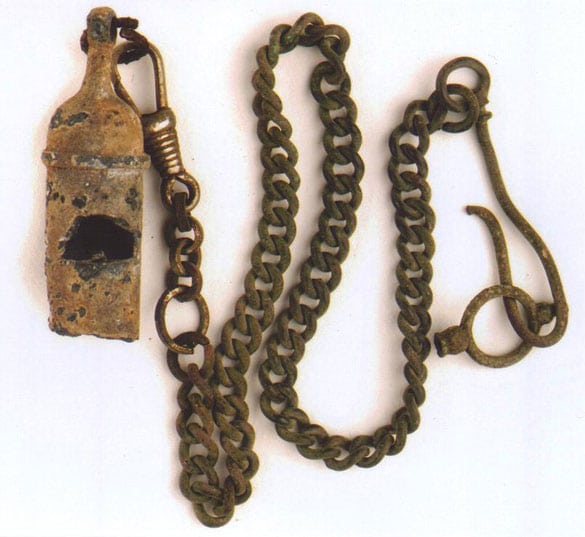
German Infantry Assault Badge in Silver found after the war in a former German position at Stalingrad. Anecdotal evidence indicates that some German soldiers at Stalingrad intentionally broke the wreath surrounding the badge to show their private opposition to the campaign. While this badge is missing part of the wreath at that described location, it is not possible to determine the cause of the damage.
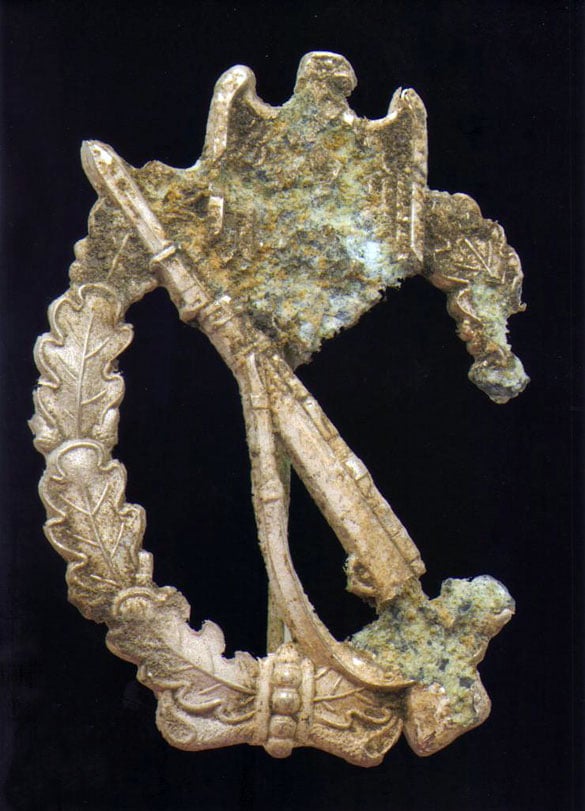
Jäger Josef Steinbacher was born on December 21, 1923 at Schildorn, near Eberschwang, in Austria. He was killed in the fighting for Hill 102 at Stalingrad on September 28, 1942, while a member of the 8th Company in the 227th Infantry Regiment of the 100th Jäger Division. Josef Steinbacher, whose remains were never found for proper burial, is listed in the remembrance book at the German Military Cemetery at Rossoschka. By showing a remembrance card (Sterbebild) for as many days as possible, we hope to show that while for Germany, perhaps 250 soldiers died on a particular day, for this particular family it was a tragedy beyond compare. These cards are one type of German World War II relic that are not outrageous in price.
